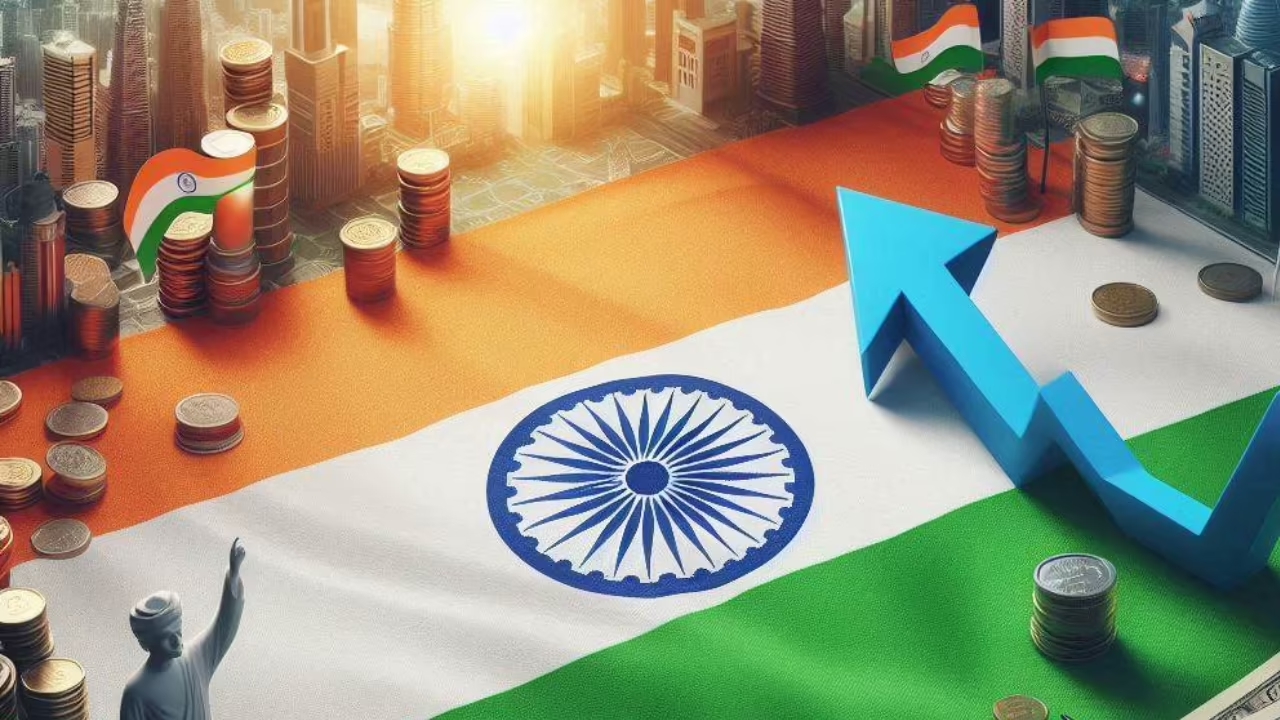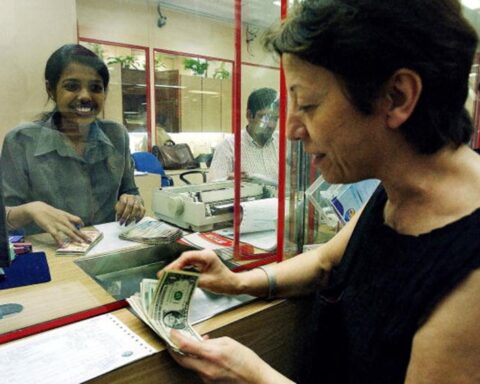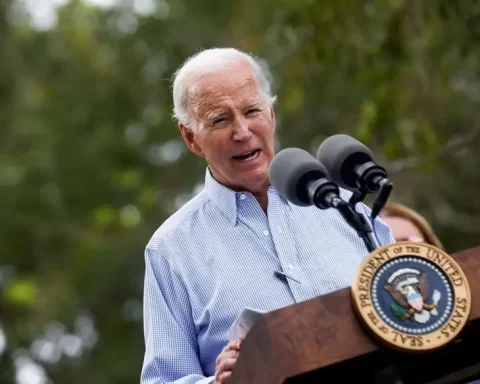Washington, Jun 10 (PTI) World Bank on Tuesday pegged India’s economic growth projection at a lower level of 6.3 per cent for 2025-26 due to pressure on exports emanating from global uncertainties, though the country will remain the fastest growing major global economy.
In April, the World Bank had lowered India’s growth projection for 2025-26 to 6.3 per cent from its January forecast of 6.7 per cent.
According to the World Bank’s latest Global Economic Prospects report, heightened trade tensions and policy uncertainty are expected to drive global growth down this year to its slowest pace since 2008 outside of outright global recessions.
The global growth has been projected to slow to 2.3 per cent in 2025, nearly half a percentage point lower than the rate that had been expected at the start of the year.
The turmoil has resulted in growth forecasts being cut in nearly 70 per cent of all economies—across all regions and income groups, it said.
After unexpectedly weak growth of 6 per cent in 2024, activity in South Asia (SAR) is decelerating amid rising global trade barriers, heightened policy uncertainty, and financial market volatility, it said.
Regarding India, the report said the growth moderated in FY2024-25 (April 2024 to March 2025), partly reflecting a deceleration in industrial output growth.
However, growth in construction and services activity remained steady, and agricultural output recovered from severe drought conditions, supported by resilient demand in rural areas.
“India is projected to maintain the fastest growth rate among the world’s largest economies, at 6.3 per cent in FY2025-26,” it said.
Nevertheless, the forecast for growth in FY2025-26 has been downgraded by 0.4 percentage point relative to January projections, with exports dampened by weaker activity in key trading partners and rising global trade barriers, the World Bank said.
World Bank expects China to grow at 4.5 per cent in 2025 and 4 per cent next year.
Last week, the Reserve Bank on India retained GDP growth projections for the current fiscal at 6.5 per cent, saying the Indian economy presents a picture of strength, stability and opportunity in the backdrop of global uncertainty.
World Bank further said investment growth is expected to slow, primarily reflecting a surge in global policy uncertainty.
In FY2026-27 and FY2027-28, growth is expected to recover to 6.6 per cent a year, on average, partly supported by robust services activity that contributes to a pickup in exports.
The report projects India’s 2026-27 growth at 6.5 per cent, down 0.2 percentage point from January estimates.
The report further said growth in SAR is expected to slow to 5.8 per cent in 2025 as rising trade barriers weigh on exports, dampen business confidence, and weaken investment in the region.
Growth is then set to increase to 6.2 per cent a year, on average, in 2026-27, supported by improving activity in India and accelerations elsewhere, broadly consistent with the region’s potential growth estimates.
The report said a global recession is not expected. Nevertheless, if forecasts for the next two years materialize, average global growth in the first seven years of the 2020s will be the slowest of any decade since the 1960s.
It also said global growth could rebound faster than expected if major economies are able to mitigate trade tensions – which would reduce overall policy uncertainty and financial volatility.
The analysis finds that if today’s trade disputes were resolved with agreements that halve tariffs relative to their levels in late May, global growth would be 0.2 percentage point stronger on average over the course of 2025 and 2026.
The report argues that in the face of rising trade barriers, developing economies should seek to liberalize more broadly by pursuing strategic trade and investment partnerships with other economies and diversifying trade—including through regional agreements.
Given limited government resources and rising development needs, policymakers should focus on mobilizing domestic revenues, prioritizing fiscal spending for the most vulnerable households, and strengthening fiscal frameworks.




